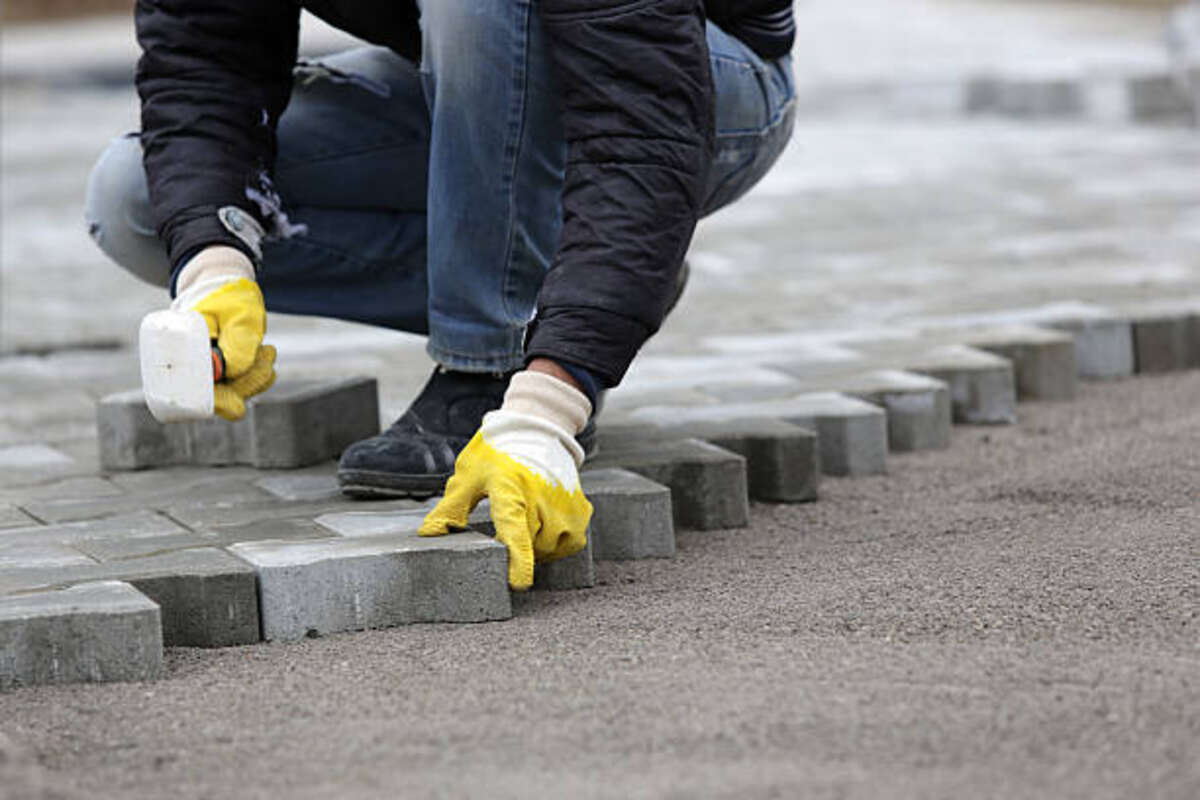Hi-Way Paving Protests Award of Contract for Reconstruction of Runway 2R-20L
Hi-Way Paving Inc. offers contract paving services. Their offerings include excavation and grading services, underground utilities and storm drainage systems installation/maintenance/installation/maintenance services, base course paving with concrete poured on them, in-pavement electrical/lighting, and base course concrete paving with electrical/lighting requirements incorporated. Hi-Way Paving services clients within both the highway and airfield sectors. The best guide to finding Hometown Asphalt Paving in Glendale.
Hi-Way Paving of Hilliard, Ohio, has filed a protest with the Navy regarding Archer Western’s award of a contract as per RFP N69450-14-R-1261.
HI-WAY PAVING
Hi-Way Paving Inc. of Hilliard, Ohio, protests the award of a contract by Naval Air Station Jacksonville (NASJ), Florida, to Archer Western LLC under Request for Proposals No. N69450-14-R-1261 will make repairs and improvements at their air station. The project entails reconstructing runway 2R-20L by excavating and removing existing taxiways; preparation of subgrade; new granular base course installation with aircraft tie-down points and tie-down pins; in-pavement electrical lighting installation along with storm drainage – new storm drainage works as well as concrete and asphalt pavement installations among related activities. The work also encompasses related activities pertaining to repairs.
Hi-Way alleges that the agency made an error in evaluating its proposal under factor 3 of the technical evaluation, in concluding that Hi-Way’s days away, restricted, and transferred (DART) rate increased the risk of unsuccessful performance on its contract.
CONCRETE PAVING
Concrete has many advantages over other paving materials. Concrete offers unparalleled strength and durability; it withstands heavy traffic loads as well as adverse weather conditions; it can be formed into shapes to suit different project requirements and architectural styles; it is very adaptable; shapes can even be saw-cut during installation or formed later for expansion/contraction temperature changes. Furthermore, its versatility allows it to be colored to suit different architectural styles – and all this at a highly cost-effective price!
The paving process typically begins with excavation and ground preparation to clear away any loose dirt or debris in the area being paved before designing walkways, driveways, or other paved areas. Materials are chosen from a contractor’s selection. After the design is complete, your paving company will begin the installation process.
Slipform paving is an efficient method of concrete paving that uses a machine with treaded treads to move along a surface similar to that of a train track, depositing fresh concrete onto it as it rolls by, spread, shaped, consolidated, screeded and floated finished all at the same time by the machine.
Laying and finishing concrete can be a labor-intensive task that requires three pieces of equipment: a placer/spreader, paver, and texturing and curing machine. To maintain consistency when placing the concrete, the temperature should remain between 40 and 45 degrees Fahrenheit for optimal placement; otherwise, water evaporation could result in crusted surfaces, which will prevent it from setting and add an additional step to the construction time.
AIRFIELD PAVING
Airfield pavement design primarily depends upon the geometry and loading of an apron, taxiway, or runway; however, specific considerations remain consistent across designs. For instance, aprons typically consist of vast expanses of pavement carrying non-channelized, slowly moving aircraft traffic with slow speeds that require strong load transfer capabilities to avoid cracking, heaving, or other distress; such an approach often uses isolated longitudinal/transverse contraction joints whose tight fit provides aggregate interlock and effective load transfer capabilities.
Another critical consideration for concrete applications on airfields is the minimum steel content required in the mix. Previous experience has demonstrated that an optimal steel content ranges between 0.03 and 0.3 percent by volume for airfield concrete pavements—significantly less than what would typically be recommended for highway applications but sufficiently high for airfield applications.
Nondestructive testing methods are invaluable in detecting latent defects not immediately apparent with a visual inspection, such as the Falling Weight Deflectometer, which measures the elastic stiffness of pavement’s structural layers. It is used to evaluate pavement condition and load transfer efficiency of rigid airfield pavement joints while simultaneously helping identify subgrade failures that might not otherwise be visible during visual inspection.
AIRPORT PAVING
Airport paving requires specific skills and experience in order to guarantee safe surfaces that can accommodate high volumes and frequencies of traffic, support heavy vehicles, provide safe landing spots for aircraft take-off and landing, and safely transport passengers between terminals. Paving companies at airports must work carefully with high-quality materials that guarantee long-term durability – these companies must also utilize meticulous safety protocols in their work processes.
Airports are busy places, requiring them to remain operational at all times. This means that repairs or replacement paving work must be carried out swiftly and without disrupting airlines, travel companies, or passengers in any way. Therefore, it’s imperative that you choose a paving company capable of meeting this timeline on budget.
Hi-Way challenges the agency’s assessment of risk for its proposal under the safety factor, as determined by the Navy. Based on this determination, Hi-Way contends that its day away, restricted, and transfer (DART) rates increase the risk of unsuccessful contract performance (see AR, Tab 5d Technical Evaluation 16).
The project involves reconstructing Taxiway B and Taxiway A at Nashville International Airport. Work involved removing the existing taxiway, preparing the subgrade in both areas, installing a new granular base course with underdrains and storm drainage features, concrete paving, electrical wiring/lighting work in pavement duct banks to support aircraft tie-downs, and pavement markings.


